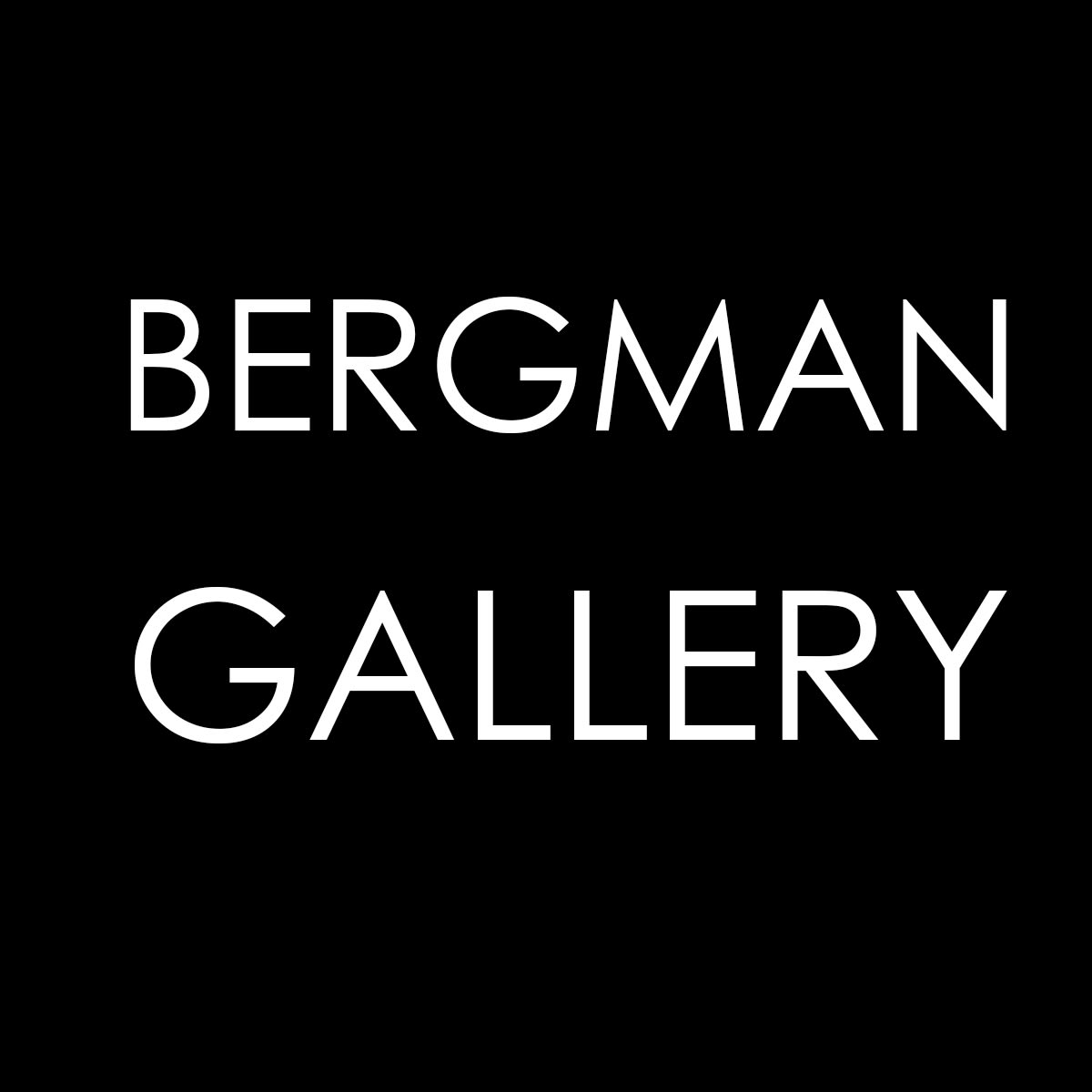The exhibition foregrounds the figure of the Gogo (frigate bird), a potent visual and symbolic reference in Fina’i’s practice. The Gogo, historically observed by master navigators across Oceania, signals proximity to land and acts as a natural guide through vast oceanic routes. It is also a recurring motif in the Samoan practice of Tātatau, representing vigilance, endurance, and connection to ancestral knowledge. Within Malaga, the Gogo operates as both a metaphoric and literal indicator of homecoming and cultural continuity—its migratory rhythm mirroring the artist’s exploration of identity and belonging.
Fina’i’s broader practice re-engages customary Samoan visual systems, oral traditions, and sacred geometries through contemporary modes of making. His work reimagines ancestral narratives through a personal lens—grounded in lived experience, familial ties, and the intergenerational transmission of cultural codes. In doing so, Malaga becomes a visual mapping of return—not to a fixed origin, but to a sensibility shaped by fluid histories and a deep commitment to cultural knowledge as an evolving, embodied practice.


